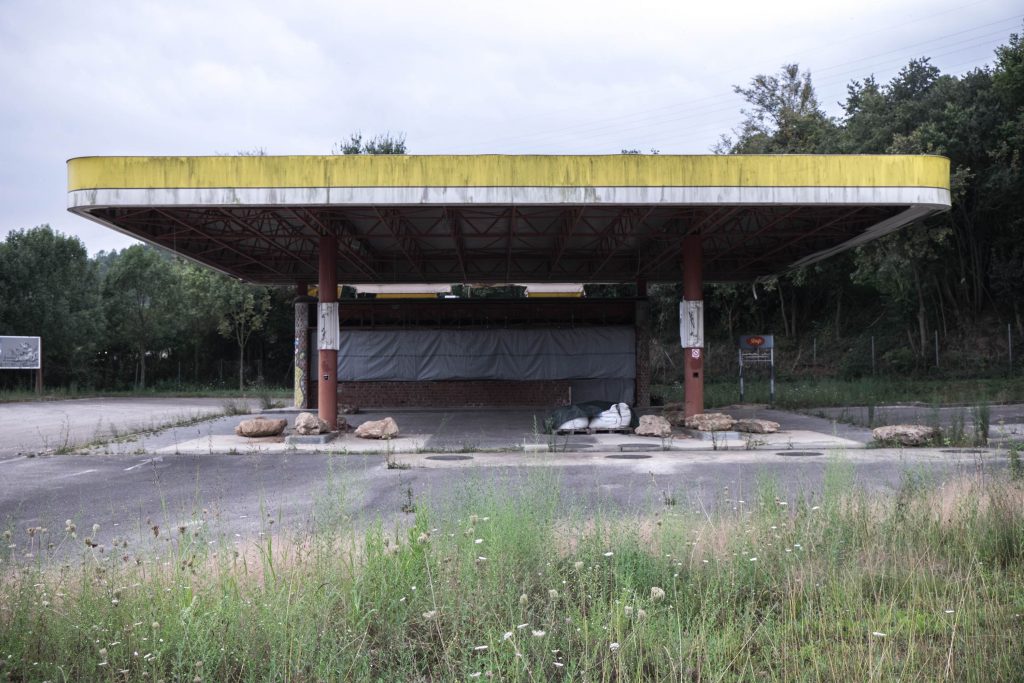The number of petrol filling stations in the UK has been in decline since the 1950’s. Economics and profit-led decision making has seen the continuing reduction in the overall number of filling stations by oil companies across the UK (1). Society is also seeing a rise in the popularity of electric vehicles as consumers look at ways to minimise their own carbon footprint; a change in consumer behaviour that is also backed by government policy. In 2019 the UK government announced a £400 million fund to help develop rapid charging infrastructure points for electric vehicles (2) as part of a package of investments into a greener and cleaner future.
This societal change leaves behind a wealth of land that is often located in prime locations and on key transport routes, perfect for development and re-purposing into housing, offices or retail sites. Many developers shy away from the greater and more complex legal requirements needed to develop this type of brownfield site, however, these are prime opportunities that shouldn’t be overlooked.
Jomas Associates is an award-winning engineering and environmental company, and one of our areas of expertise is determining value-engineered ground remediation solutions. We have worked on a range of projects to remediate former petrol filling sites in preparation for redevelopment. Our professional expertise allows us to guide developers to identify pragmatic and cost-effective remediation solutions. Here are some key concerns that should be considered when considering purchasing a former petrol filling site for redevelopment.
Identify the Contamination Level
There is a large degree of variation between different petrol station sites on the level of contamination. Only a small percentage of sites will be seriously contaminated, however, these sites will require a far higher level of remediation work.
The costs will vary between sites depending on the level of contamination and remediation work required, this is vital knowledge to have prior to purchasing land for redevelopment. The extent of contamination will be governed by the age of buried tanks, any leaks that may have occurred, and the underlying ground conditions.
Investigate Prior to Purchase
The costs for remediation of a site are unknown without an expert ground investigation. It is advisable to invest in a thorough investigation to provide you with a full picture of the potential costs to redevelop the land. These findings could also be used in your purchase negotiations, which will help to mitigate the investment of a detailed investigation at the same time as minimising risk.
Determine Underground Fuel Storage
Petrol filling sites store fuel in underground tanks, however, older sites used over a long period of time may not always have a record of all of the underground storage tanks on site. There also may be multiple generations of tanks that may even still contain fuel. Identifying all of the tanks on site as early as possible in the development will help to prevent delays and additional costs arising further along into a development project. It must be borne in mind that records held by statutory authorities, may not show all tanks present on a site.
Click here to read details on different remediation and tank removal projects Jomas has worked on.
Need Advice?
We understand that many of our clients are faced with time and cost constraints, and always endeavour to provide a tailored service. If you are purchasing a former petrol filling station and would like further information please do get in touch, our team of experts are happy to advise. Please email us at quotes@jomasassociates.com.
Further reading:
Environmental Protection UK. Petrol Stations Guide
References:
1. Engineering and Technology Magazine. The Decline of the Petrol Station.
2. www.gov.co.uk. Investment in Green Technologies Announcement 10th Sept 2019.



